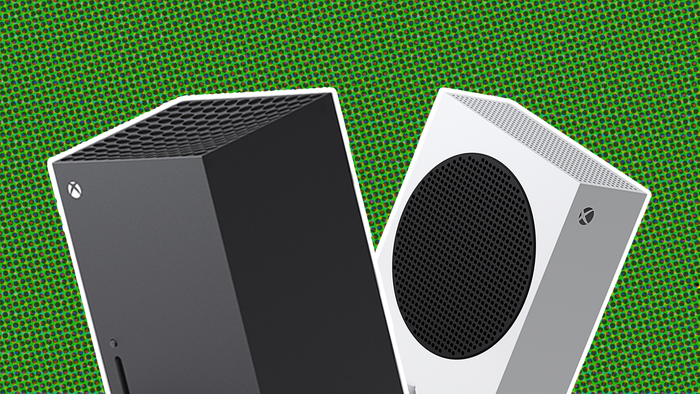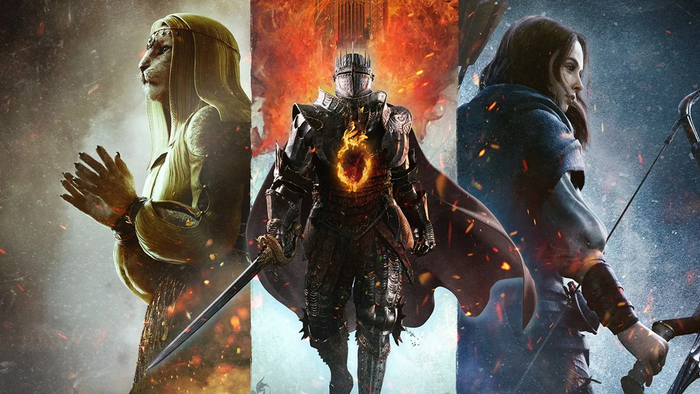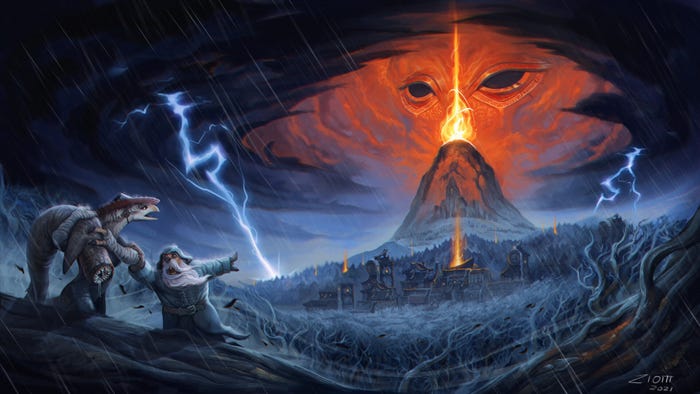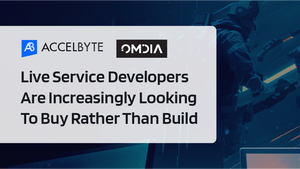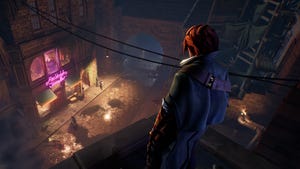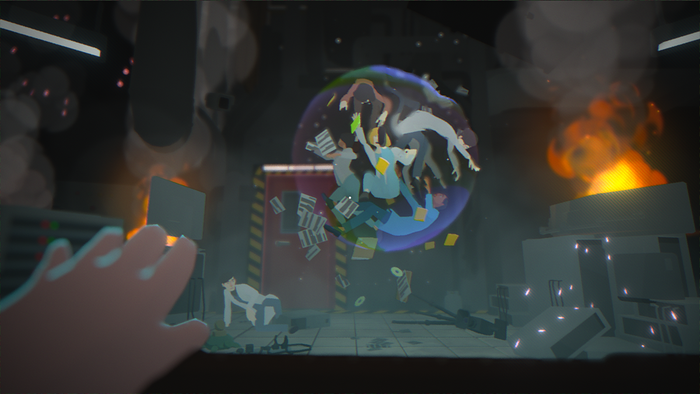Sponsored By
Raph Koster with a word bubble saying "Play the game I think is most fun: the game of makin ggames."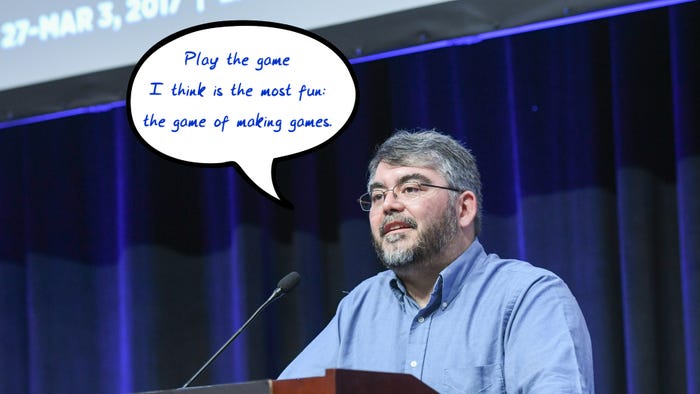
Design
Raph Koster wants developers to get back to 'the game of making games'Raph Koster wants developers to get back to 'the game of making games'
Veteran game designer Raph Koster thinks there's a lot of room to explore what 'fun' is in game design.
Daily news, dev blogs, and stories from Game Developer straight to your inbox

